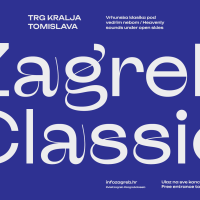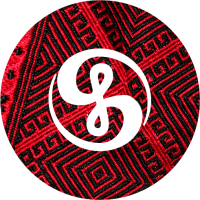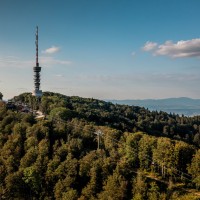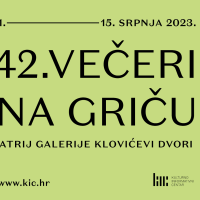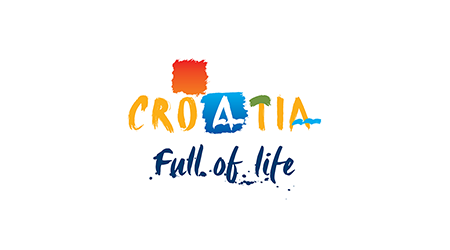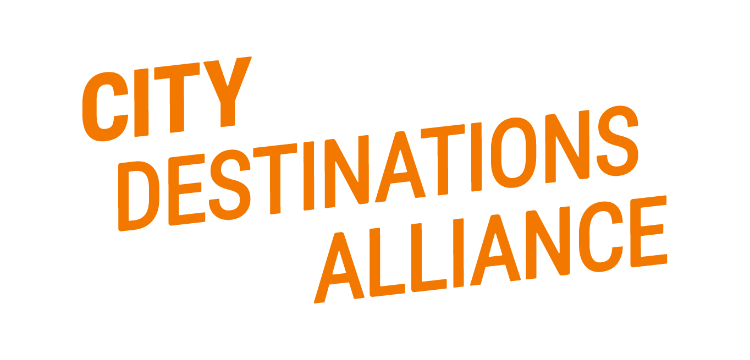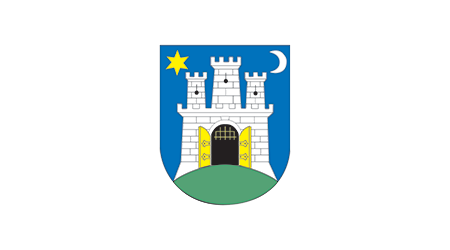Back to newsletter
The “Nikola Tesla” Technical Museum - In the Footsteps of Roman Agrimensores
“In the Footsteps of Roman Agrimensores”, an exhibition featured at the “Nikola Tesla” Technical Museum until March 3rd, showcases some of the best preserved evidence of surveying and land division, which was systematically conducted by the Romans in western and southern Istria.

Have you ever heard of centuriation, or do you know who the agrimensores were and what a groma is? Even if you are not a geodesist or any other kind of technical specialist, you might still be interested in an exhibition covering the cadastre division of land in Roman Istria.
As its title suggests, the exhibition allows visitors to follow in the footsteps of the people whose profession it was to survey land – the agrimensores, and it was set up based on cooperation between the Educational Department of the Archaeological Museum of Istria, the Pula Technical School and the Veruda Daily Rehabilitation Centre from Pula.
The introductory part of the exhibition deals with the cadastre division of land – centuriation, and how it was done by the Romans in Istria. Western and southern Istria featurewell preserved evidence of the systematic surveying and division of land which was conducted during Roman times. These remains are among the best preserved in Europe. The second, educational part of the exhibition deals with the topic of the Roman centuriation of Istria and presents a model of the Roman geodesy instrument called a groma, which has been reconstructed according to the remains of an original groma which was discovered in the beginning of the 20th century in Pompeii.
The exhibition also features a demonstration of practical exercises which can be solved by applying the surveying techniques used by the Roman agrimensores. They were conducted by the students of the Pula Technical School at historic localities in Pula. The entire process is described in the exhibition and in the catalogue, while the results of the survey were finally checked by a modern geodesy instrument used by the students in field training.
In addition, the users of the Veruda Daily Rehabilitation Centre made their own interpretations of archaeological items from clay, and the best works were chosen as partof this exhibition.
Published: 08.01.2016
 Hrvatski
Hrvatski English
English Deutsch
Deutsch Spanish
Spanish French
French Italian
Italian Russian
Russian Korean
Korean Japanese
Japanese Chinese
Chinese
